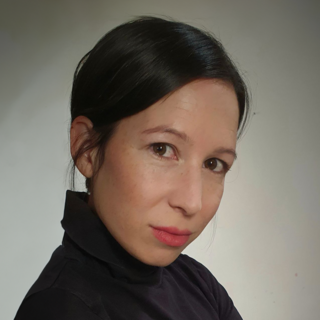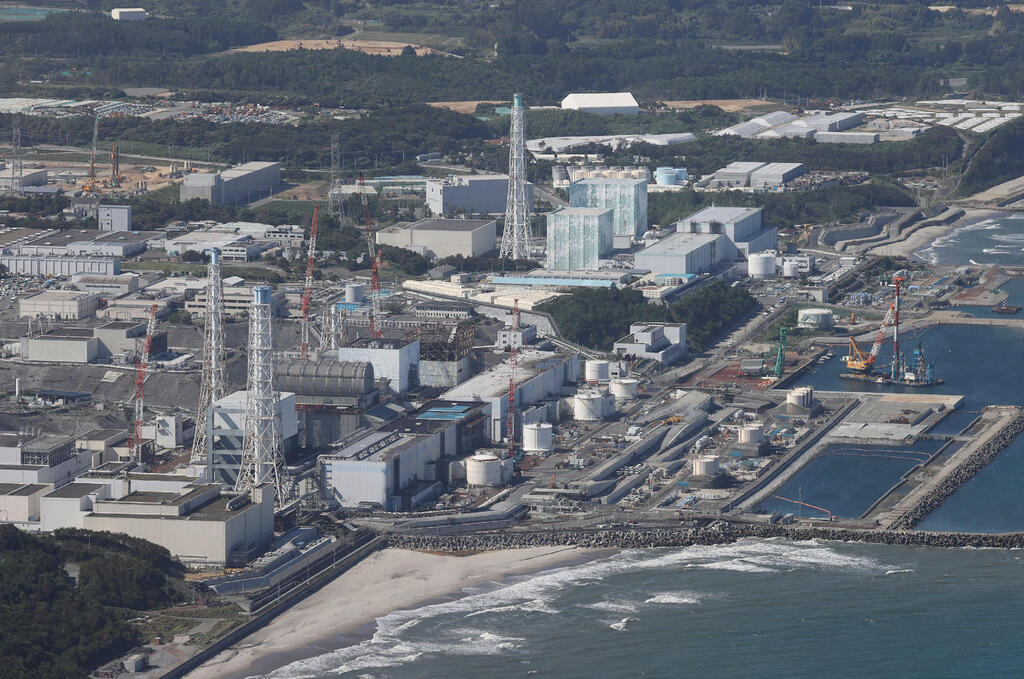A proposal to construct Israel’s first nuclear power plant near Shivta in the Negev Desert is set for review next week by the regional planning and building committee. The Ramat Negev Regional Council, which oversees the area where the facility would be built, has voiced strong opposition to the plan.
The proposal raises numerous unresolved questions, including which country would construct the plant, given Israel's non-signatory status to the Nuclear Non-Proliferation Treaty. Additional concerns include the source of nuclear fuel, the cooling system for the reactor in the desert climate, and the logistics of transporting water to the site.
The Energy and Infrastructure Ministry’s recommendation to site the plant near Shivta comes after a review of potential locations, which eliminated several alternatives. The Besor region, for instance, was disqualified due to its proximity to a military airfield, which could interfere with operations, as well as the International Atomic Energy Agency’s (IAEA) guidelines on nuclear facilities near airports.
Another location, Nitzanim, was rejected due to fears that a military strike could cause significant environmental contamination. Preliminary geological studies also raised concerns about the site's economic feasibility despite its proximity to the sea, which could reduce cooling costs. The Beit Guvrin area was ruled out due to its dense population and strategic significance as an IDF training zone
Critics argue that the Shivta site is equally problematic. Nearby communities, including Ashalim, Tlalim, Mashabei Sadeh, the Bedouin town of Bir Hadaj, Kibbutz Revivim, and Retamim, would be exposed to potential risks from the proposed facility.
<< Get the Ynetnews app on your smartphone: Google Play: https://bit.ly/4eJ37pE | Apple App Store: https://bit.ly/3ZL7iNv >>
The Energy Ministry defended the decision, citing the site's distance from seismic zones and geological faults. A ministry document assessing alternative sites noted that "technologies currently under development for nuclear power generation are designed with extremely high safety standards for populations living near nuclear power stations."
However, the project faces significant uncertainty and could take decades to come to fruition. At present, no country is positioned to sell Israel a nuclear reactor due to its status outside the Nuclear Non-Proliferation Treaty. Only a few global companies have the capability to build nuclear reactors, and many of them, including the U.S., have ceased such operations in recent years. France is one of the few countries still developing nuclear projects.
Another key issue is the supply of nuclear fuel, which would likely need to come from abroad, potentially undermining Israel’s energy independence. Additionally, building a reactor in the desert would necessitate a dedicated cooling system and extensive infrastructure to transport water to the site.
Local leaders have expressed strong opposition. Ramat Negev Regional Council CEO Hila Kaplan stated that the council is against the project. Ofakim Mayor Yitzhak Danino, Eshkol Regional Council head Michal Uziel, and Merhavim Regional Council head Shai Hajaj also joined the opposition. In a letter to the Southern Regional Committee, they wrote: "Our region experienced immense trauma during the October 7 massacre. Amid recovery, we are doing everything we can to ensure our area is never again harmed or disrupted. It is unthinkable to add a component that poses an additional threat to the lives of our residents and communities.”
Ramat Negev's chief engineer, Oren Peretz, echoed the opposition, criticizing the decision-making process. “The council opposes the proposed nuclear plant. The location was chosen without any consultation or involvement of the council in the decision-making process. The choice was based on a site evaluation conducted 40 years ago, with no updated macro-level feasibility study relevant to today’s realities.”
He also raised concerns that the plant would put nearby communities at risk in the event of a malfunction, turning a strategic region—currently designated as an evacuation and shelter zone during wartime—into a potential target. "It’s unclear why a nuclear plant is needed near a cluster of communities at a time when solar power plants are thriving and dual-use energy technologies are expanding,” he said. “Deciding on the location of a nuclear power plant, with its far-reaching implications, requires a thorough and inclusive process involving local council representatives. That has not happened.”



